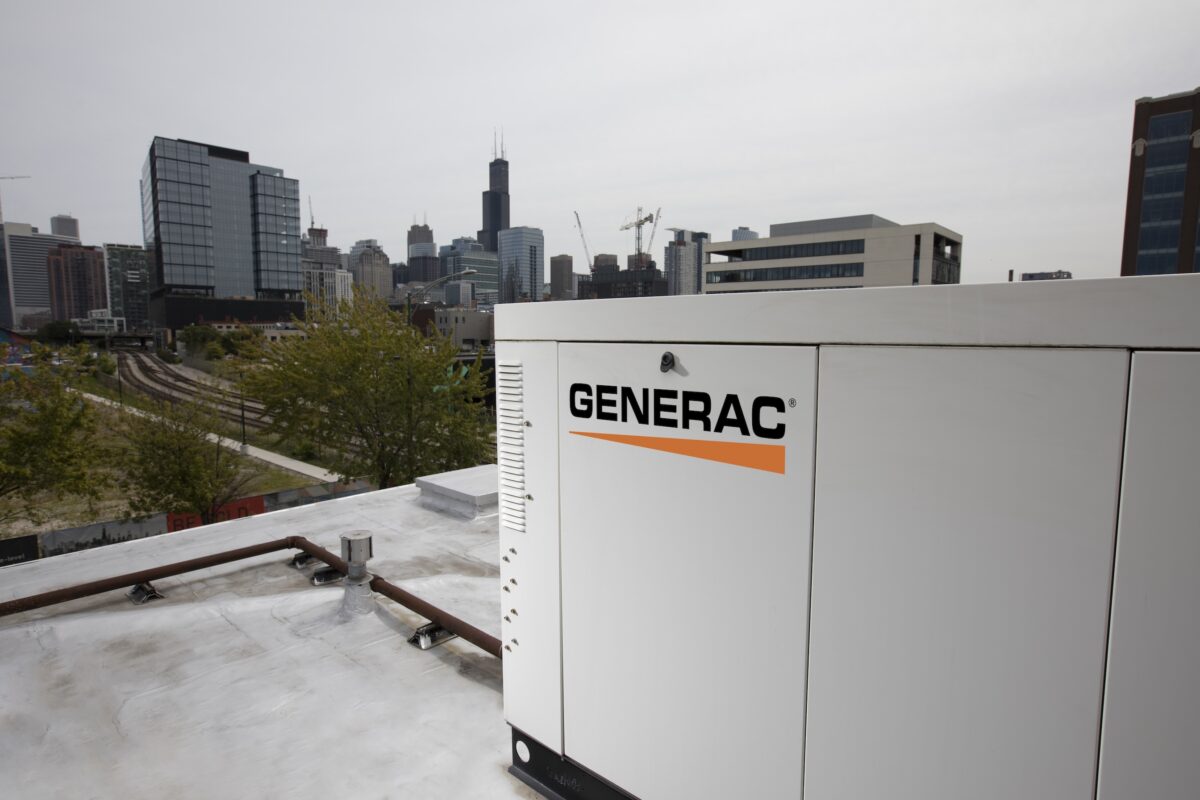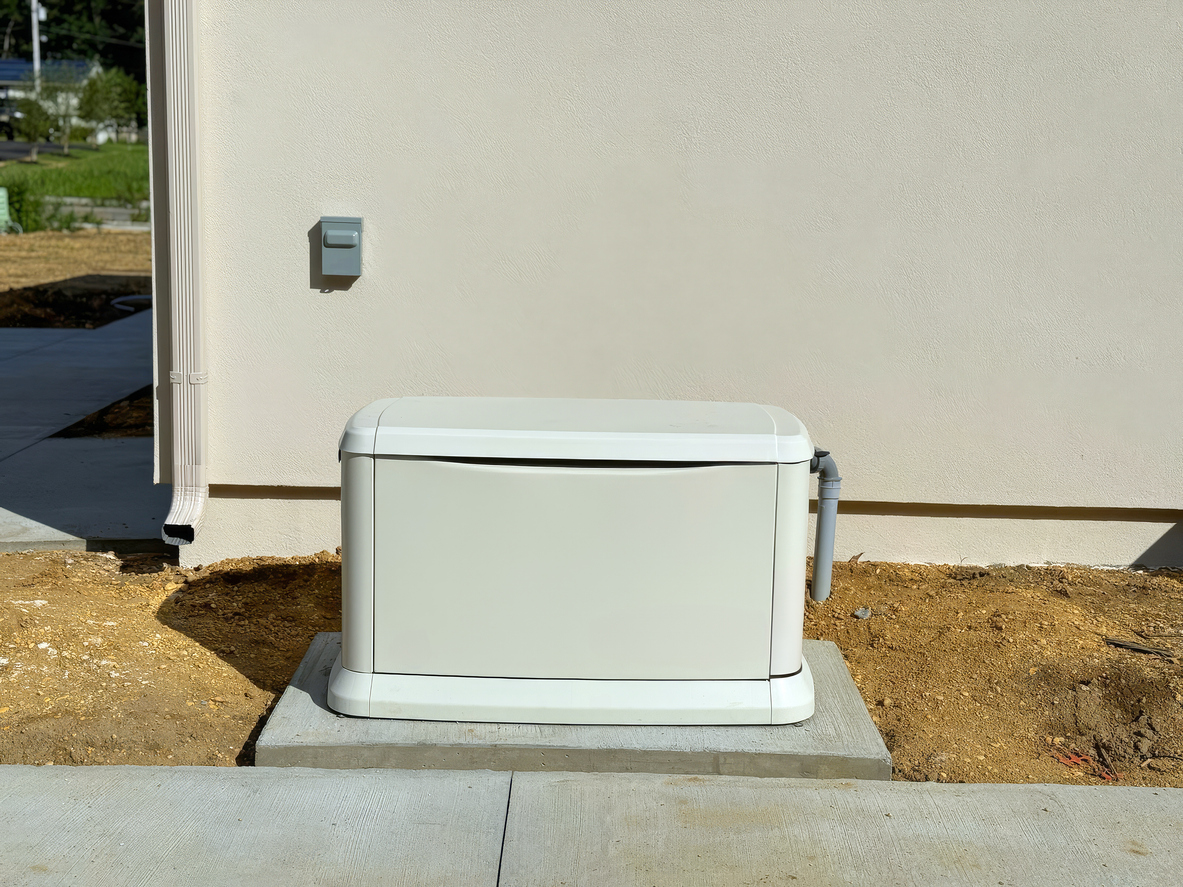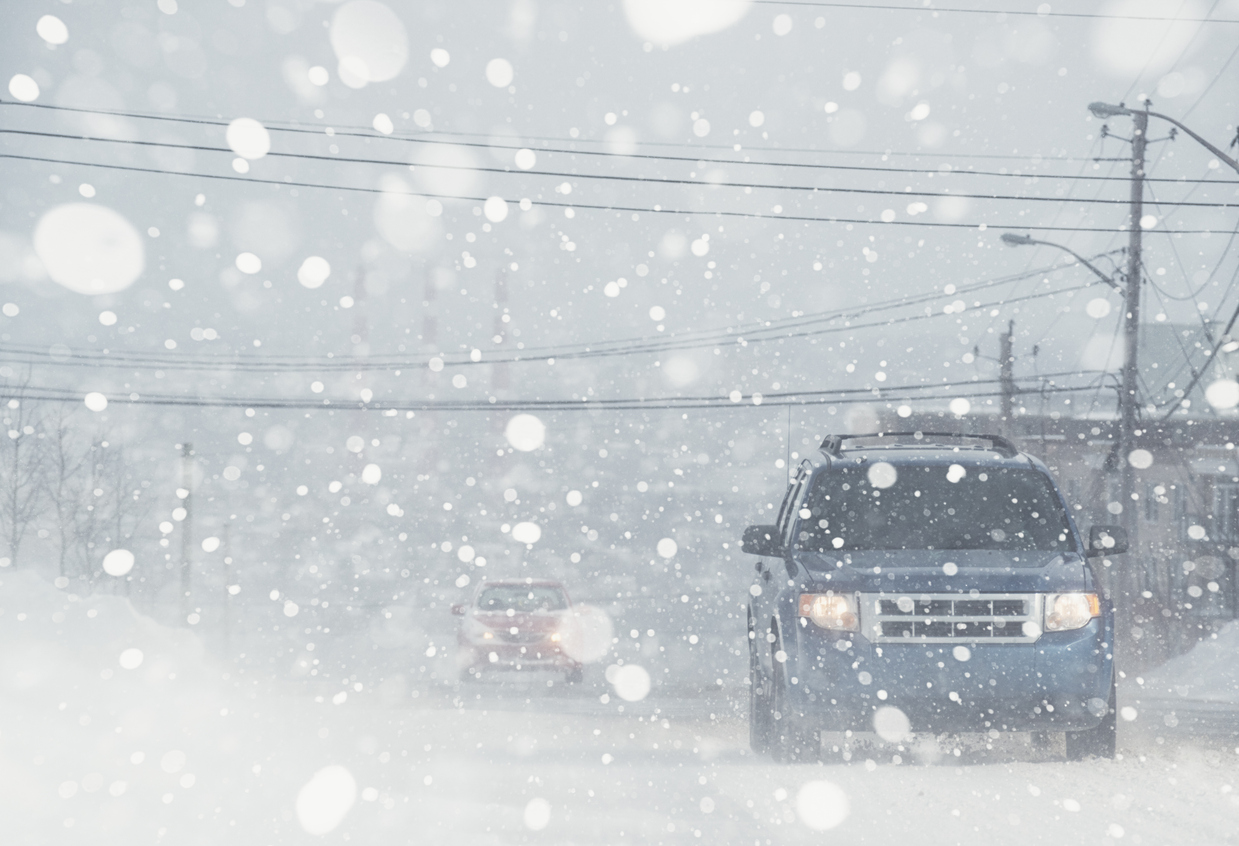What Does Undervoltage Mean on a Generac Generator?

Investing in a Generac generator brings peace of mind, providing reliable backup power during outages. However, like any mechanical equipment, it’s important to be aware of potential issues—one of which is undervoltage. So, what does undervoltage mean on a Generac generator, and how can it impact your generator’s performance and your home’s safety?
At Bo’s Electric, our certified experts are here to explain the causes of undervoltage and how to prevent it. If you suspect your generator is underperforming, schedule a consultation with us to ensure it’s running efficiently and safely.
What Is Undervoltage?
Undervoltage occurs when the voltage output of your Generac generator falls below the required level to efficiently run your home’s electrical devices. For example, if your generator is designed to supply 240 volts but drops significantly below that, it may result in equipment malfunction, poor performance, or even damage to your appliances.
Essentially, undervoltage means your devices aren’t getting the power they need to function correctly, which not only reduces their efficiency but can also cause long-term damage if not addressed.
Common Causes of Undervoltage
- Overloading the Generator: Connecting too many devices can strain the generator and lower the voltage.
- Fuel Issues: Low-quality or stale fuel can hinder performance.
- Mechanical Problems: Faulty alternators or voltage regulators may cause undervoltage.
- Wiring Issues: Loose or damaged wiring can lead to voltage drops.
- Battery Problems: A weak or faulty battery affects the generator’s voltage output.
- Environmental Factors: Extreme weather or dust buildup can decrease efficiency.
If you notice any signs of undervoltage, it’s crucial to get your generator checked before the problem worsens.
Signs of Undervoltage
Early detection of undervoltage is key to preventing bigger problems. Watch for these signs:
- Dimming or flickering lights while the generator is running.
- Poor performance from appliances, such as a struggling HVAC system or refrigerator.
- Inconsistent power output from the generator.
- Error codes on the generator’s control panel indicating voltage issues.
If you observe any of these signs, it’s important to take action to address the issue promptly.
Risks of Running a Generator with Undervoltage
Operating a generator with undervoltage can have serious consequences. Appliances receiving inconsistent power can suffer permanent damage as they struggle to function on reduced voltage. Over time, undervoltage can cause excessive wear and tear on your generator, shortening its lifespan and increasing the risk of major mechanical failures. In some cases, undervoltage can even pose fire hazards due to faulty wiring or overloaded circuits.
The longer your generator runs with undervoltage, the greater the risk of costly repairs or a complete generator failure. Addressing the issue early is crucial to avoiding these dangers.
Troubleshooting and Fixing Undervoltage
If you suspect your Generac generator is experiencing undervoltage, follow these steps to troubleshoot the issue:
- Check the load: Disconnect non-essential devices and see if reducing the strain stabilizes the voltage.
- Inspect the fuel: Replace old or low-quality fuel with fresh fuel if necessary.
- Check wiring connections: Ensure all wiring is secure and free of damage.
- Test the battery: Replace it if it’s weak or faulty.
If these steps don’t resolve the problem, professional assistance may be required to avoid further damage.
Preventing Undervoltage
Prevent undervoltage by taking proper care of your generator. Ensure you are operating within its rated capacity—overloading can lead to voltage issues. Use high-quality fuel and perform regular fuel checks, especially if the generator has been unused for a while. Keep the generator clean and store it in a dry, sheltered area to protect it from environmental damage. Regularly inspect wiring to avoid voltage drops caused by loose or damaged connections.
The Importance of Regular Maintenance
One of the best ways to prevent undervoltage is by keeping up with regular maintenance. Routine inspections help identify worn components before they fail, while scheduled oil and filter changes keep the engine running smoothly. Don’t forget to check the battery regularly—ensuring it’s in good condition is essential for reliable performance.
By staying on top of maintenance, you can catch minor issues early, reducing the risk of undervoltage and extending the life of your generator. Schedule a maintenance appointment with Bo’s Electric today to keep your generator running smoothly year-round.
When to Seek Professional Help
If your generator continues to experience undervoltage after troubleshooting or you notice frequent undervoltage issues despite regular maintenance, it’s time to call a professional. Physical damage to critical components like the alternator or wiring also warrants expert attention. At Bo’s Electric, our certified technicians have the experience and tools to diagnose and fix undervoltage issues, contact us today to ensure your generator is working at peak performance.
Warranty and Service Plan Coverage
Generac generators typically come with warranties that may cover repairs related to undervoltage, depending on the terms. Many generator owners also opt for service plans that include regular maintenance. If you’re unsure what your warranty or service plan covers, reviewing the details with your provider can help clarify your options when an issue like undervoltage arises.
Undervoltage is a serious issue that can compromise your Generac generator’s performance and your home’s electrical safety. By understanding the causes, recognizing the signs, and performing regular maintenance, you can prevent costly repairs and extend your generator’s lifespan. If you suspect your generator is experiencing undervoltage or other performance issues, contact Bo’s Electric. Our team of experts is ready to help ensure your generator runs efficiently, so you’re never left in the dark.




